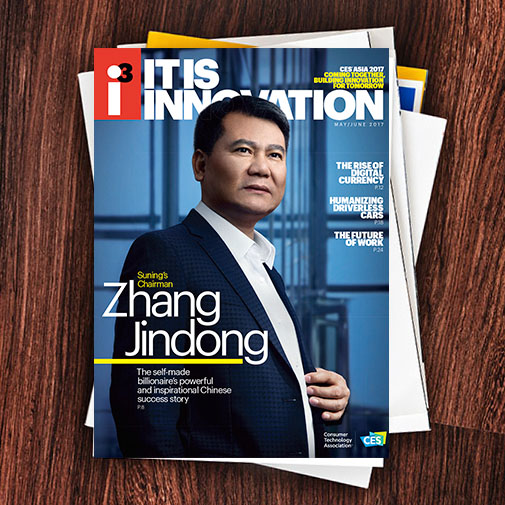On May 23, 1892, in a stereotypical smoke-filled backroom in an office in Chicago's historic Rookery building, Westinghouse was awarded the contract to supply AC power and incandescent lighting to the Chicago Columbia Exposition. This World's Fair, which opened the following May, also was known as the White City, thanks in part to its innovative electrical incandescent illumination, the first most show goers had ever experienced.
Unfortunately, Tesla and Westinghouse's technical accomplishments have been overshadowed by the story of serial killer Dr. H.H. Holmes (born Herman Webster Mudgett), portrayed in Erik Larsen's 2004 best-seller Devil in the White City, which is waiting for its own film adaptation. (NBC's Timeless TV series also portrayed some of these fatal events in its "World Columbian Exposition" episode, which also features Edison but not Tesla.)
But I digress.
The War of the Currents began with the "Death in the Wires" in mid-April 1888. Newly-strung AC power lines for local electrical service in lower Manhattan were downed by the Great Blizzard of 1888 in New York. With electricity still a mystery to most New Yorkers, one such dangling wire on East Broadway was touched by a young boy named Moses (or Meyer) Streiffer, immediately killing him. Streiffer's accidental electrocution was followed by that of an electrical line worker less than a month later; both fatalities were highly publicized by the city's omnipresent yellow press. (One positive outcome of this accident: New York City decided to bury its growing mass of overhead wires, setting an urban trend.)
There had already been worldwide competition between Edison and his DC system and Westinghouse's AC alternative. Both sides, along with other, smaller, competitors, had been vying for municipal, commercial and industrial contracts for local power stations. But the "Death in the Wires" gave Edison new ammunition in his marketing efforts, allowing the inventor to label AC as officially lethal. To fuel the perception of AC's deadliness, Edison began public electrocutions of animals, leading to the first human: on August 6, 1890, William Kemmler, an alcoholic who had murdered his common-law wife with a hatchet, was the first criminal executed in the electric chair.
Westinghouse's winning the White City bid 125 years ago was the beginning of the end of the current war and began the establishment of our modern electrified society. Tesla and Westinghouse's successful electrical lighting of the Chicago Exposition led directly to them winning the contract to build the AC power station at Niagara Falls, which went online on August 26, 1895. Losing the White City and Niagara Falls bids effectively ended Edison's and General Electric's anti-AC efforts and the War of the Currents.
Edison refused to give up, however. On January 4, 1903, the inventor of the central power station electrocuted his last animal – Topsy the Elephant – in a disgusting display of electrical standard sore losership, an event the Wizard actually filmed with his latest invention, the motion picture camera.
The War of the Currents is brilliantly explored in Jill Jonnes' definitive Empires of Light. How many of these electrical events will be portrayed in The Current War, however, remains to be seen. But we're tingling with our own electric anticipation for Cumberbatch's latest sullied savant portrayal and the story of how our technological world was established.

i3, the flagship magazine from the Consumer Technology Association (CTA)®, focuses on innovation in technology, policy and business as well as the entrepreneurs, industry leaders and startups that grow the consumer technology industry. Subscriptions to i3 are available free to qualified participants in the consumer electronics industry.